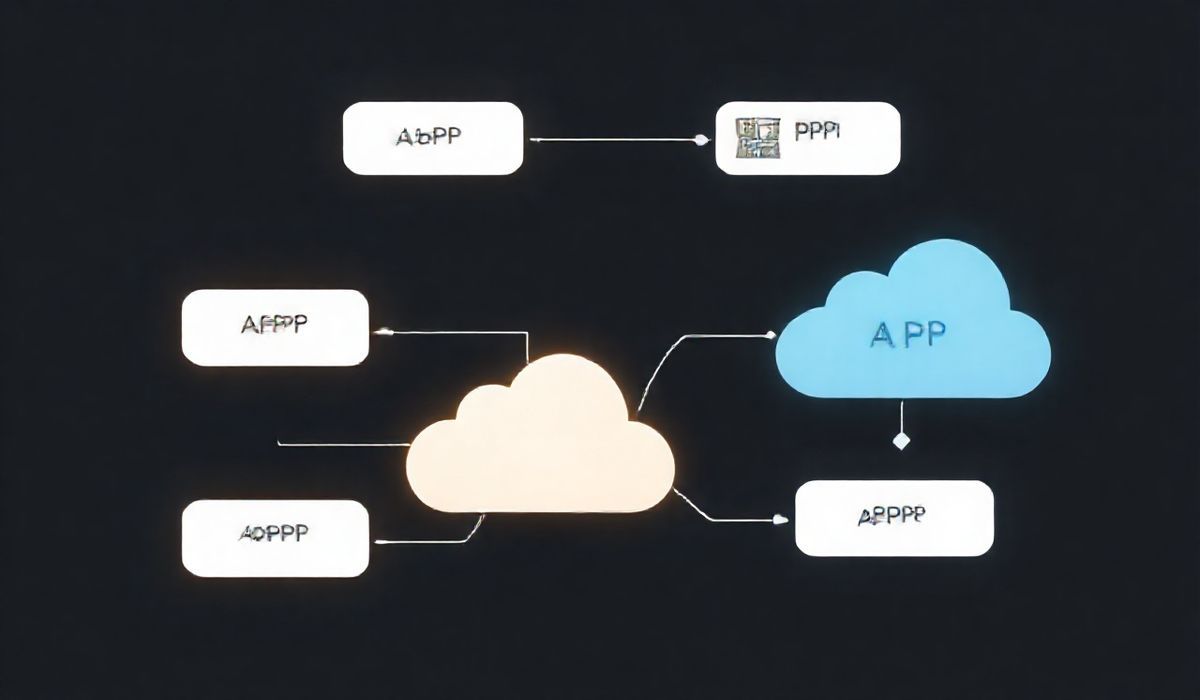Introduction to Resampy
Resampy is a Python library for high-quality resampling of time-series data, often used for resampling audio signals. It provides efficient and high-quality conversion between different frequencies, along with a set of convenient APIs that make resampling tasks easier.
Getting Started with Resampy
import resampy
Below are some essential APIs and examples for using Resampy:
Resampling Audio Data
# Import necessary libraries import resampy import numpy as np # Generate a sample signal original_sr = 44100 # Original sampling rate target_sr = 16000 # Target sampling rate duration = 5.0 # seconds t = np.linspace(0, duration, int(original_sr * duration), endpoint=False) x = np.sin(2 * np.pi * 440.0 * t) # 440Hz Sine wave # Resample the signal y = resampy.resample(x, original_sr, target_sr)
Choosing Different Resampling Filters
y_ff = resampy.resample(x, original_sr, target_sr, filter='kaiser_fast') y_best = resampy.resample(x, original_sr, target_sr, filter='kaiser_best')
Working with Stereo Audio
# Create a stereo signal x_stereo = np.vstack([x, np.cos(2 * np.pi * 440.0 * t)]) # Resample the stereo signal y_stereo = resampy.resample(x_stereo, original_sr, target_sr, axis=1)
Handling Multichannel Audio
# Create a multichannel signal x_multi = np.vstack([x, np.cos(2 * np.pi * 440.0 * t), np.sin(2 * np.pi * 880.0 * t)]) # Resample the multichannel signal y_multi = resampy.resample(x_multi, original_sr, target_sr, axis=1)
Custom Filters and Advanced Usage
from scipy.signal import firwin # Design a custom low-pass filter custom_filter = firwin(numtaps=64, cutoff=0.4) y_custom = resampy.resample(x, original_sr, target_sr, filter=custom_filter)
Building an Application with Resampy
Below is an example application that utilizes the resampy library to load an audio file, resample it to a specified sampling rate, and save the resampled file:
import resampy
import soundfile as sf
# Load an audio file
def load_and_resample_audio(file_path, target_sr):
audio_data, original_sr = sf.read(file_path)
# Resample the audio
resampled_audio = resampy.resample(audio_data, original_sr, target_sr, axis=0)
return resampled_audio, target_sr
# Save the resampled audio file
def save_audio(file_path, audio_data, sampling_rate):
sf.write(file_path, audio_data, sampling_rate)
# Example usage
input_file = 'input_audio.wav'
output_file = 'resampled_audio.wav'
resampled_audio, sr = load_and_resample_audio(input_file, target_sr=16000)
save_audio(output_file, resampled_audio, sr)
By using Resampy, you can easily and efficiently resample audio data for various applications, ensuring high-quality audio output.
Hash: 64830423a1fefb4eb71e15a66381a588ea92156ccd8db4c809973feb6fe1c803




